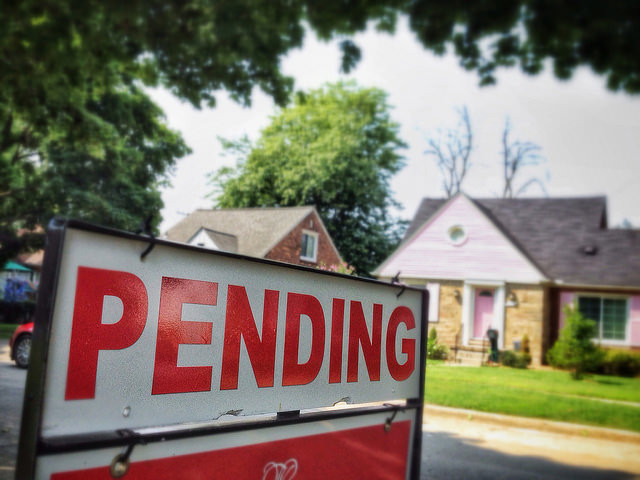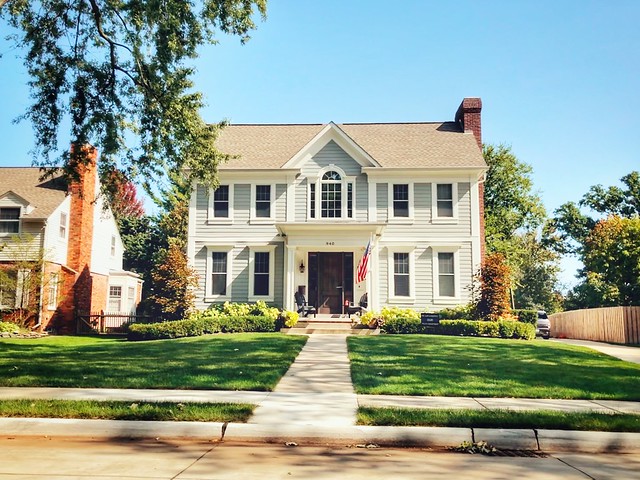Among all generations, millennials were the most likely to say they plan to buy a house in the next six months, according to the results of a new survey from the National Association of Realtors’ consumer website. The survey found 23 percent of Millennials intend to buy this year. That’s up from just 15 percent last September. Laura Eddy, the website’s vice president of research and insights, says Millennial interest has increased but mortgage rates are still a factor. “Despite current market challenges and persistently high mortgage rates, Millennials are showing a notable increase in home buying interest this spring compared to last fall,†Eddy said. “Even though we found a change in Millennial home buying intent, the influence of mortgage rates cannot be overstated, with the vast majority of Americas, including Millennials, prioritizing lower rates before committing to a purchase.†That helps explains why the survey also found that 69 percent of Americans say they aren’t planning on entering the market in the next six months. (source)












